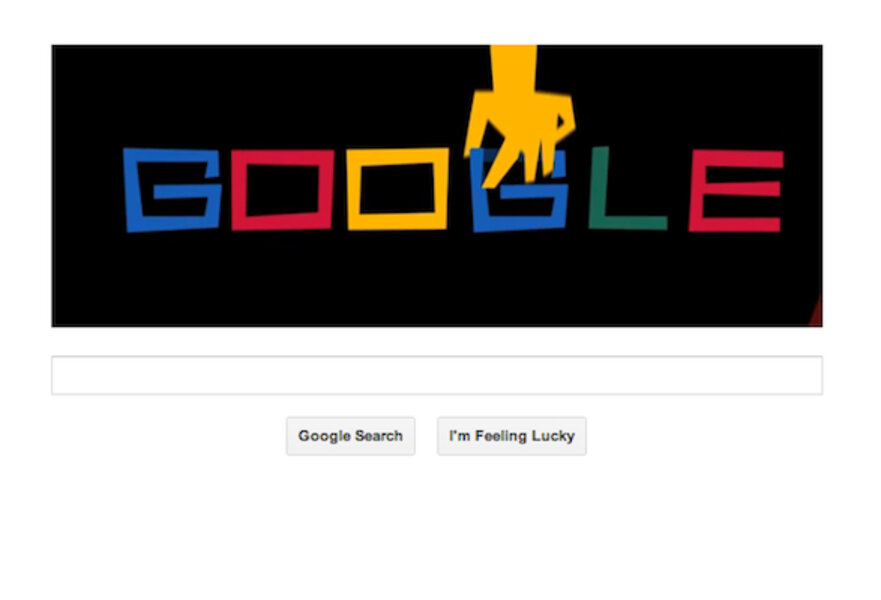Saul Bass: Designer, artist, and auteur of the opening credits
Loading...
The Google homepage today features a cartoon homage to a range of famous films, including "Spartacus," "West Side Story," "Man With the Golden Arm," and the immortal Hitchcock thriller "Vertigo." What do all those movies have in common? They all feature the work of the pioneering designer and artist Saul Bass, who did for the opening credit montage what Rodin (another recent Google doodle honoree) did for sculpture.
Mr. Bass was born in 1920 in the Bronx and educated at the Art Students League and Brooklyn College. Initially, he worked as a graphic designer – he established his own firm, Saul Bass Associates, in 1946 – but in 1954, he was contacted by the director Otto Preminger, who wanted Bass to help him design the opening credits for the movie The Man With the Golden Arm.
As the New York Times notes, before Bass arrived on the scene, opening credits were "little more than perfunctory afterthoughts rarely more creative than having the names of the movie's stars and production staff revealed by the turning pages of the book." Bass changed all that, creating for The Man With the Golden arm a heavily-stylized (and immediately memorable) opening montage.
A string of high-profile gigs followed. Bass did the wild, hypnotic opening sequence for Vertigo; and the funky, frenetic, LED-inspired lead-in for Ocean's 11. He was also called upon to provide on-set advice – Bass helped design the final battle scene in Stanley Kubrick's epic Spartacus and the terrifying shower scene in Psycho.
By the 1980s, Bass was spending less time in Hollywood and more time in the world of corporate advertising. Among his most prominent clients were Minolta, Quaker Oats, Warner Communications, and AT&T. Interestingly, his design work in this period was just as iconic as his film work – consider his memorable reworking of the old AT&T bell logo.
"The fact of the matter is, I want everything we do – that I do personally, that our office does – to be beautiful," Bass told an interviewer in 1986. "I don’t give a damn whether the client understands that that’s worth anything, or that the client thinks that it’s worth anything, or whether it is worth anything. It’s worth it to me. It’s the way I want to live my life. I want to make beautiful things, even if nobody cares."
In the late '80s and early '90s, Bass had something of a late-period revival. He handled, for instance, the opening credits for Goodfellas, The Age of Innocence, and Casino – all movies directed by Martin Scorsese. Indeed, Mr. Scorcese, who penned the forward to a 2011 book on Bass, has remembered being "equally astonished" with each new piece of art that Bass produced.
"Before I ever met Saul Bass, before we worked together, he was a legend in my eyes," Scorcese wrote. "His designs, for film titles and company logos and record albums and posters, defined an era. In essence, they found and distilled the poetry of the modern, industrialised world. They gave us a series of crystallised images, expressions of who and where we were and of the future ahead of us. They were images you could dream on. They still are."
Bass, whom the New York Times later hailed as a "minimalist auteur," died in Los Angeles, in 1996, at the age of 75. Wednesday would have been his 93rd birthday.
For more tech news, follow us on Twitter @venturenaut.







